Blood Orange
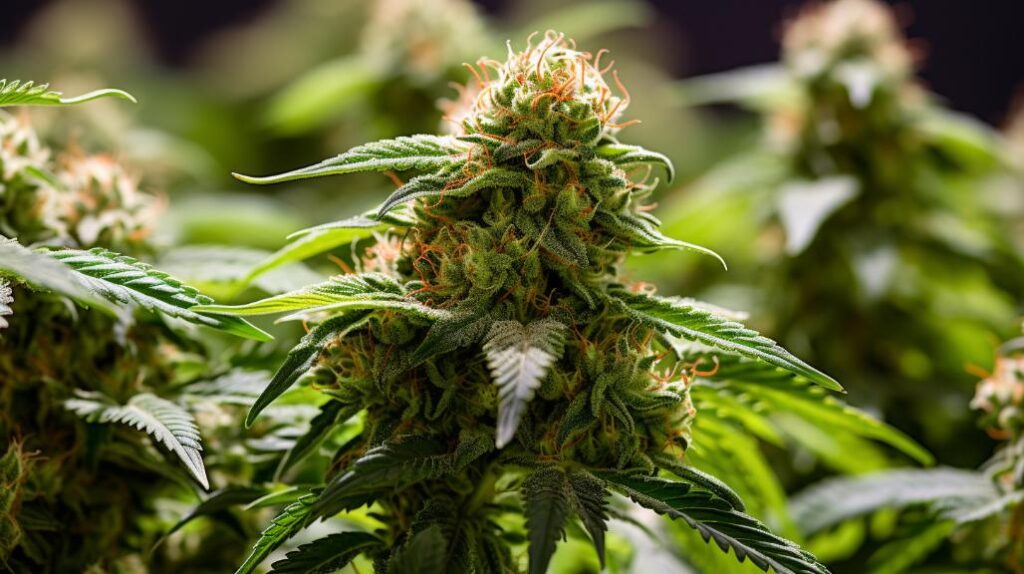
The Blood Orange strain, a sativa-dominant hybrid of Cali Orange and Appalachia, boasts a 70:30 sativa to indica ratio, with THC levels between 22-24%. Cultivated for its distinctive spicy sour citrus aroma, it’s enriched by terpenes like caryophyllene and limonene, offering therapeutic potential against depression and chronic pain. Its unique flavor profile combines citrus and raspberry tones, appealing to consumers seeking potent effects. Prime growth occurs indoors/outdoors within a 48-58 day flowering period. Despite its popularity, users should exercise dosage control to mitigate adverse effects. Exploring Blood Orange’s intricate characteristics reveals its competitive edge in the cannabis market.
Genetic Lineage
The Blood Orange strain, a sativa-dominant hybrid, emerges from the crossbreeding of Cali Orange and Appalachia, embodying a genetic composition that is 70% sativa and 30% indica, which contributes to its distinctive spicy sour citrus and zesty tangy earth aroma profile. This meticulously crafted genetic lineage positions the Blood Orange strain as a highly sought-after sativa-dominant hybrid weed strain in the cannabis market. Its aroma and flavor profile, characterized by a complex blend of spicy, sour citrus notes complemented by a zesty, tangy earth undertone, sets it apart from other strains, making it a preferred choice for connoisseurs seeking a unique sensory experience.
From a cultivation perspective, the Blood Orange strain’s genetic makeup demands specific growing conditions to fully express its aromatic and flavor potential. Cultivators are required to maintain ideal environmental parameters, including temperature, humidity, and lighting, to harness the strain’s full terpene profile. The market insights suggest that the distinct aroma and flavor profile of the Blood Orange strain not only enhances its appeal among consumers but also underscores the importance of genetic lineage in cultivating premium cannabis products that cater to sophisticated palates.
THC/CBD Content
Exploring the cannabinoid profile of the Blood Orange strain, it showcases THC concentrations ranging between 22% and 24%, while maintaining relatively low CBD levels of 0.25% to 0.9%. This significant disparity underscores the strain’s reputation as a potent choice for users seeking pronounced psychoactive effects without the counterbalancing influence of CBD. Blood Orange Kush, as it is sometimes known, exemplifies a THC:CBD ratio that is heavily skewed towards THC, aligning with its sativa-dominant hybrid classification and emphasizing its appeal among those who prioritize a strong cerebral impact.
| Cannabinoid | Percentage Range | Impact on Users |
|---|---|---|
| THC | 22% – 24% | High psychoactivity, potent cerebral effects |
| CBD | 0.25% – 0.9% | Minimal influence on psychoactivity, slight medicinal benefits |
| THC:CBD Ratio | Skewed towards THC | Enhanced psychoactive experiences without significant CBD counterbalance |
The cultivation and market insights for Blood Orange Kush suggest that its cannabinoid profile, particularly the high THC content with minimal CBD, caters to a niche yet growing segment of cannabis consumers. This composition makes it a distinguished choice in dispensaries and among cultivators aiming to meet the demand for strains offering a robust psychoactive experience coupled with the unique flavor profile of the Blood Orange strain.
Terpene Profile
Exploring the cannabinoid content of the Blood Orange strain, attention now shifts to its terpene profile, which plays a significant role in defining its aromatic allure and therapeutic effects. The Blood Orange strain is distinguished by a unique assembly of terpenes, including caryophyllene, limonene, and linalool, which are pivotal in crafting its distinctive aromatic profile and influencing its potential therapeutic benefits. These terpenes contribute to the strain’s aroma, characterized by spicy sour citrus notes intertwined with a zesty tangy earth undertone, enriching the overall flavor experience for users.
Further analysis reveals the presence of additional terpenes such as Sabinene, Alpha-Bisabolol, Humulene, and Pinene, each adding layers to the Blood Orange’s complex aroma and flavor profile. Sabinene and Pinene introduce a fresh, piney scent with hints of spice, while Alpha-Bisabolol and Humulene contribute to the strain’s soothing floral and hoppy nuances. The expected presence of flavonoids like naringin and hesperetin synergizes with the terpene profile, potentially enhancing the strain’s aromatic bouquet and broadening its appeal in the market. This intricate terpene constellation not only elevates Blood Orange’s desirability among connoisseurs but also highlights the importance of terpene diversity in cannabis cultivation and product development strategies.
Effects
Exploring the effects of the Blood Orange strain, reports from 28 individuals highlight a spectrum of experiences including enhanced focus, increased energy, and elevated levels of talkativeness. The unique terpene profile, rich in myrcene and limonene, underscores the strain’s distinct orange and citrus flavor, contributing not only to its aromatic allure but also to its psychotropic outcomes. These terpenes, known for their uplifting and mood-enhancing properties, play a pivotal role in the strain’s ability to stimulate mental acuity and physical vigor.
However, it’s imperative to also consider the adverse effects associated with the Blood Orange strain. A subset of users report experiencing headaches, dizziness, and bouts of paranoia, indicating a potential for negative reactions in sensitive individuals or when consumed in high doses. Such reports underscore the importance of moderation and the need for individual assessment of tolerance levels.
Market insights suggest that the Blood Orange strain’s unique blend of stimulating and euphoric effects, coupled with its vibrant citrus flavor profile, positions it favorably among consumers seeking a balanced and flavorful cannabis experience. Nevertheless, the potential for negative side effects necessitates informed consumption practices, emphasizing the strain’s complex interaction within the user’s endocannabinoid system.
Medical Uses
The Blood Orange strain exhibits therapeutic potential, particularly in addressing depression, stimulating appetite, and providing pain relief through its synergistic terpene and cannabinoid profile. This cannabis strain leverages its rich terpene profile, including limonene known for its mood-enhancing properties, and a cannabinoid composition that includes THC and CBG, to offer a multi-faceted approach to medical relief. Specifically, its high THC content is instrumental in managing chronic pain and muscle discomfort, making it a valuable asset for patients suffering from these conditions.
| Benefit | Key Compound | Impact |
|---|---|---|
| Depression Relief | CBD + THC | Works synergistically to improve mood, leveraging CBD’s anxiolytic properties and THC’s euphoric effects. |
| Appetite Stimulation | THC + CBG | THC’s psychoactive properties alongside CBG’s appetite-inducing effects combat lack of appetite. |
| Pain Relief | THC | High levels of THC interact with pain receptors, reducing chronic and muscle pain. |
| Mood Enhancement | Limonene | Citrusy terpene contributes to uplifting the mood, potentially mitigating symptoms of depression. |
Through its complex chemical makeup, the Blood Orange strain offers a compelling option for patients seeking relief from specific medical conditions, underlining the importance of targeted cannabinoid and terpene profiles in therapeutic cannabis strains.
Flavor and Aroma
Engaging the senses with its bold and distinctive aroma, the Blood Orange strain offers a spicy sour citrus profile, complemented by zesty tangy earth notes, that sets it apart in the cannabis market. This unique aromatic signature closely resembles the olfactory experience of slicing into a fresh Blood Orange, blending the sharp, invigorating scent of citrus with the mellow sweetness of ripe raspberries.
Upon combustion, Blood Orange transcends its aromatic promise into a rich flavor experience, maintaining a robust fruity essence throughout consumption. The strain showcases an intricate balance between the tartness and sweetness of citrus and raspberries, underpinned by subtle undertones of apricot. This complex interplay results in an intense citrus taste that not only persists but evolves on the palate, ensuring a consistently flavorful and immersive smoking experience.
Cultivators and connoisseurs alike appreciate Blood Orange for its pronounced flavor profile, which is achieved through meticulous breeding and cultivation techniques. These practices are designed to enhance the strain’s natural terpene profile, maximizing the citrus and flavor intensity that has become synonymous with Blood Orange. This focus on flavor and aroma has solidified Blood Orange’s position in the cannabis market, appealing to users seeking a potent and aromatic cannabis experience.
Appearance
With its dark purple calyxes contrasted by vibrant orange pistils, the Blood Orange strain presents a visually alluring appearance that is both distinctive and uniform across various cultivations. The strain’s aesthetic appeal is further enhanced by the minimal presence of green, making its bold purple and orange hues stand out more prominently. Such a striking color scheme, marked by the deep purples and bright orange hairs, not only distinguishes Blood Orange from other strains but also adds to its market allure.
Regional variations, particularly the Colorado version of the Blood Orange strain, exhibit a deeper purple hue, suggesting environmental factors contribute to its phenotypic expression. Despite these slight regional differences, the strain maintains its characteristic appearance with little variation, underscoring the genetic stability and distinctiveness of Blood Orange. The uniformity in color and appearance across cultivations indicates a high degree of genetic consistency, making it a reliable choice for both cultivators and consumers.
The bold and distinctive aroma of Blood Orange complements its visual appeal, creating a multi-sensory experience that enhances its desirability. This combination of aesthetic and aromatic qualities positions Blood Orange uniquely in the market, attracting enthusiasts who appreciate both its visual beauty and olfactory allure.
Grow Information
Moving beyond its visual and aromatic qualities, the Blood Orange strain offers an appealing cultivation profile that caters to growers of various experience levels. This Orange Weed variant, bred by Bodhi Seeds, combines ease of growth with unique aesthetic characteristics, making it a preferred choice for both novice and experienced cultivators.
The cultivation of the Blood Orange strain is distinguished by several key factors:
-
Versatility: It thrives in both indoor and outdoor environments. Its adaptability to various growing conditions makes it an accessible option for a broad spectrum of growers.
-
Manageable Size: With a plant height ranging from 30 to 60 inches, it fits well in diverse cultivation setups, from compact indoor spaces to more expansive outdoor gardens.
-
Optimal Conditions: Achieving the best results requires maintaining warm and humid conditions, around 70 degrees Fahrenheit, which is conducive to the plant’s growth and flowering cycle.
The flowering period of the Blood Orange strain lasts between 48 to 58 days, offering relatively swift shifts from seed to harvest. Although seeds are scarce, the plants that emerge are visually striking, featuring dark purple calyxes contrasted with vivid orange pistils. This unique appearance, combined with the strain’s manageable cultivation requirements, positions the Blood Orange strain as a compelling option for cultivators aiming to broaden their gardens with high-quality, visually appealing Orange Weed varieties.
Adverse Effects
Despite its numerous cultivation benefits, the Blood Orange strain also presents certain adverse effects, including dry eyes and mouth, which merit attention from both consumers and cultivators. These symptoms associated with the use of the Blood Orange strain, while common across many cannabis varieties, underscore the need for informed consumption practices.
Additionally, anecdotal evidence suggests a subset of users may experience headaches and dizziness, potentially detracting from the strain’s otherwise favorable profile.
Further complicating the strain’s consumption advisories, adverse reactions such as paranoia and increased anxiety have been reported, albeit in a limited number of cases. This highlights the importance of dosage control, especially given the Blood Orange strain’s noted potency. Novice and sensitive users are particularly advised to initiate consumption at lower doses to mitigate the risk of these adverse effects.
Furthermore, a rapid heartbeat and restlessness are among the less common but significant adverse effects reported by a minority of users. These symptoms may exacerbate pre-existing conditions or contribute to discomfort, reinforcing the necessity for caution and moderation in the use of the Blood Orange strain. Cultivators and dispensaries should consider these factors when advising consumers, ensuring a balanced understanding of both the benefits and potential risks associated with this strain.
Comparisons with Similar Strains
In the cannabis sector, contrasting the Blood Orange variety with its equivalent, Blood Orange Kush, unveils subtle distinctions in their genetic makeup, impacts, and taste profiles, appealing to varied consumer preferences and medical requirements. While both strains dazzle with their unique aromatic and flavor complexities, their genetic lineage, effects, and use in therapeutic contexts set them apart.
-
Genetic Lineage and Composition:
Blood Orange, a sativa-dominant hybrid, carries a 70:30 sativa to indica ratio, drawing its uplifting and appetite-stimulating effects from its predominant sativa heritage. Its notable terpenes—caryophyllene, limonene, and linalool—contribute to its distinct spicy sour citrus aroma and zesty tangy earth flavor. In contrast, Blood Orange Kush leans towards an indica dominance, offering a higher THC concentration range (15-24%) and a blend that promises both heady and body effects, fostering relaxation and relief from physical discomfort. -
Dominant Terpene Profile:
The dominant terpene in Blood Orange contributes to its bold, citrus-forward effects, whereas Blood Orange Kush, with its diesel, citrus, and orange flavors, might share a lineage with Cali Orange, creating a complex bouquet that caters to a different consumer base looking for potent, relaxing experiences. -
Market Positioning and Consumer Preference:
Blood Orange appeals to enthusiasts seeking an energizing and uplifting experience, with its citrus-focused profile. On the other hand, Blood Orange Kush caters to users desiring potent relief from chronic pain and stress, highlighting the diverse therapeutic and recreational applications within the cannabis market.
Research and Studies
Recent investigations into the Blood Orange strain have concentrated on delineating its unique effects, flavor profile, and potential benefits for medical applications. Studies have shown that this cannabis variant is particularly effective in managing symptoms of anxiety, depression, and stress, offering users a focused, energetic, and talkative state post-consumption. The strain is characterized by its distinct aroma, which combines spicy sour notes of citrus fruits with a zesty tangy earth undertone, making it a favorite among connoisseurs for its sensory appeal.
Further research into Blood Orange Kush, a potent variant of the strain, reveals its efficacy in treating chronic pain, stress, depression, headaches, and insomnia. Its medical applications are attributed to the synergistic effects of its complex terpene profile and cannabinoids, which emphasize the therapeutic potential of this strain in the medical cannabis market. Agronomic studies focus on optimizing cultivation techniques to enhance the strain’s unique flavor and maximize its therapeutic compounds, indicating a growing interest in tailored cannabis strains for specific medical conditions.
These insights into the Blood Orange strain underscore the evolving understanding of cannabis’s multifaceted role in both recreational and medicinal contexts.
History and Origin
The Blood Orange strain, a distinctive hybrid cross between Cali Orange and Appalachia, boasts a unique genetic profile that has captivated the cannabis community with its spicy, sour citrus aroma and zesty tangy earth undertones. This sativa-dominant hybrid merges the energizing, uplifting effects of Cali Orange with the nuanced, complex terpenes of Appalachia, resulting in a cannabis experience that is both invigorating and deeply satisfying. The spicy aromas coupled with a tangy citrus flavor profile make it a favorite among connoisseurs seeking a unique taste and aromatic experience.
Focusing on its history and origin:
-
Genetic Lineage: Blood Orange’s genetic history is rooted in the crossbreeding of Cali Orange, known for its bright, uplifting effects and sweet citrus flavor, with Appalachia, a hybrid that brings a rich, earthy complexity to the mix. This combination has yielded a strain that stands out for its distinctive flavor and aroma profile.
-
Cultivation Insights: Cultivators of Blood Orange have fine-tuned their practices to enhance the strain’s unique terpene profile, optimizing conditions for the expression of its spicy, sour citrus notes and ensuring a consistent, high-quality product for consumers.
-
Market Presence: Since its introduction, Blood Orange has carved out a niche within the cannabis market, appealing to users seeking the therapeutic and mood-elevating effects of a sativa-dominant hybrid, along with a memorable flavor experience. Its mysterious origins, particularly the elusive background of Blood Orange Kush, add to its allure, making it a topic of interest and speculation among cannabis enthusiasts.
Frequently Asked Questions
Is Blood Orange a Sativa or Indica?
The question pertains to the classification within the cannabis genus, focusing on whether an orange genetics variant exhibits sativa or indica dominance. Considering terpene profiles and cultivation details, the Blood Orange strain is primarily sativa.
Are Orange Strains Indica or Sativa?
The orange strains indica or sativa debate centers on citrus genetics exploration, revealing a spectrum from energizing sativa to relaxing indica effects. Their classification influences cultivation details, market insights, and the terpene profile’s therapeutic potential.
Is Blood Orange Mimosa Strain Indica or Sativa?
The Blood Orange Mimosa strain is mainly sativa, characterized by its high sativa content that leverages orange terpenes to deliver Mimosa effects, including cerebral upliftment and enhanced mood, suitable for afternoon consumption.
What Strain Is Blood Orange Sherbet?
Blood Orange Sherbet is a hybrid strain notable for its sweet, citrusy flavor profile. It presents moderate growing difficulty, appealing to cultivators with its balanced effects and market demand for unique flavor profiles in cannabis strains.

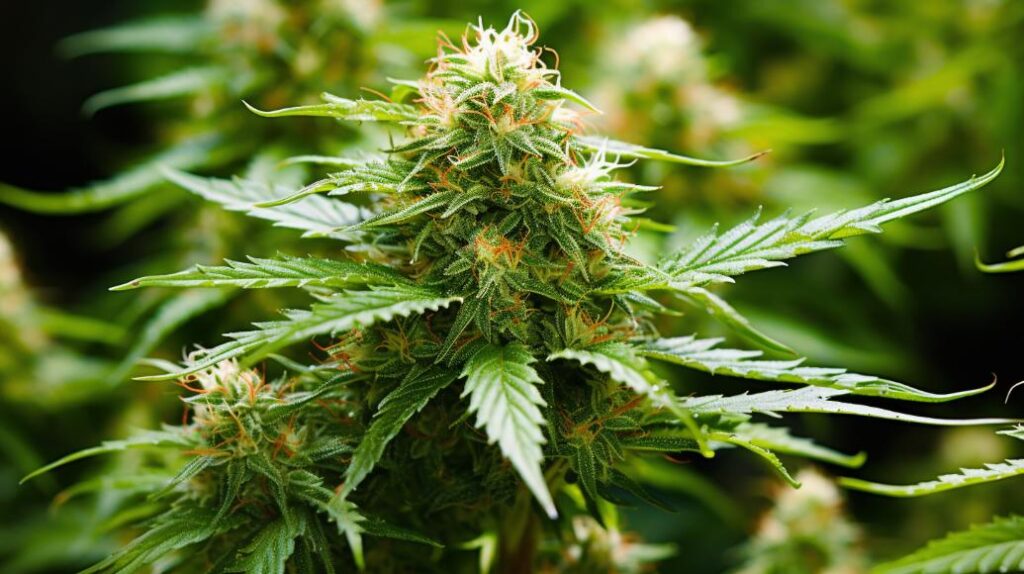
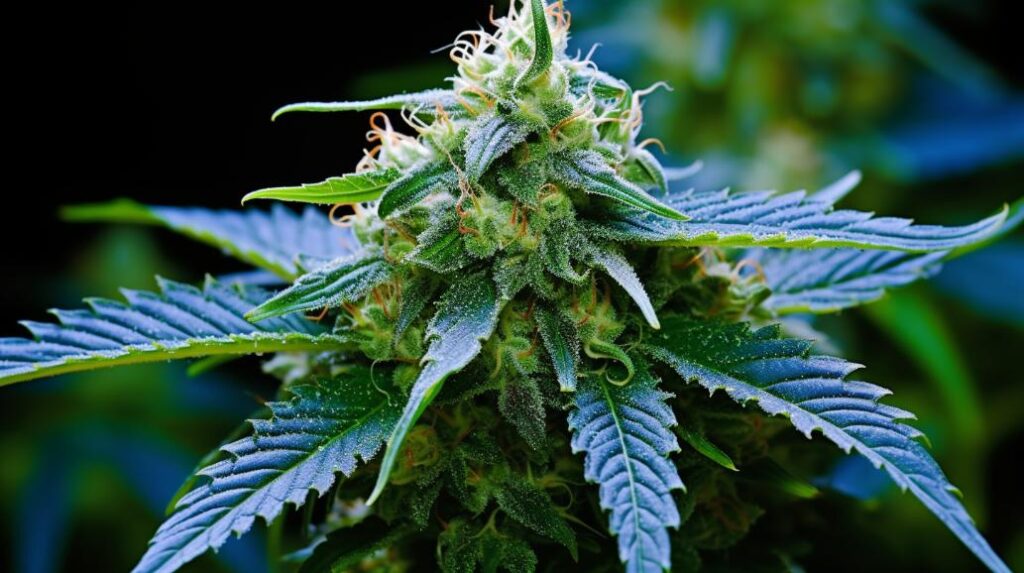
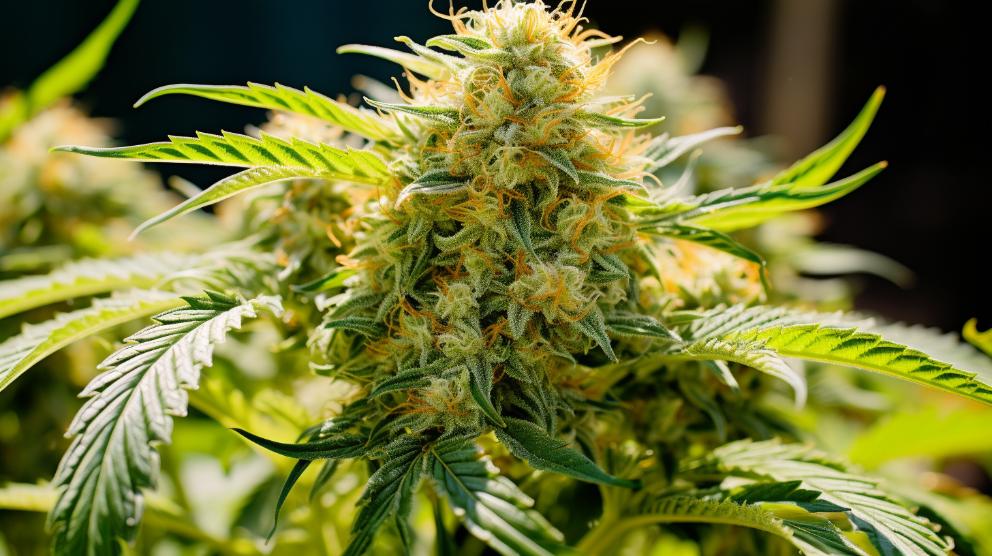
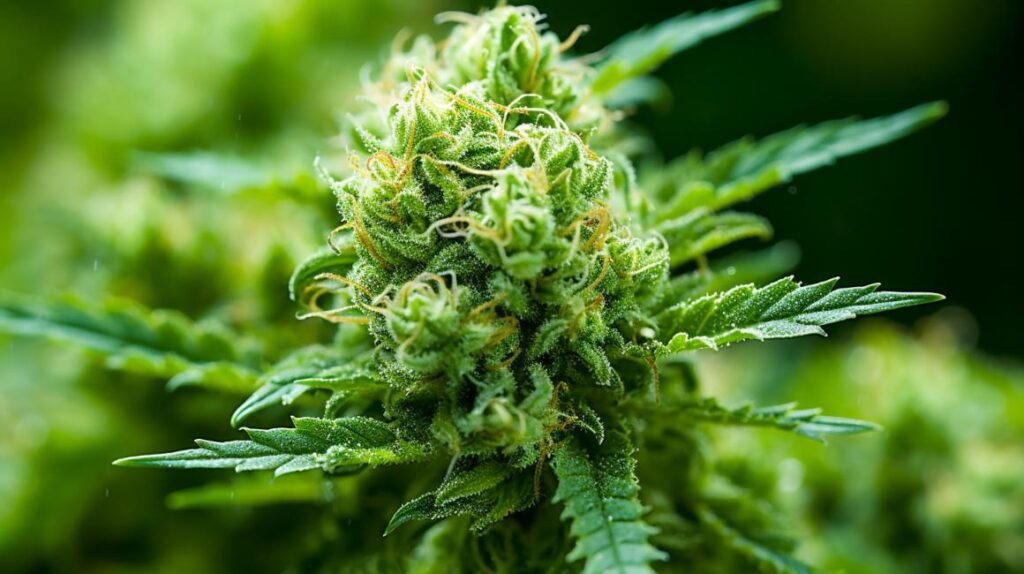
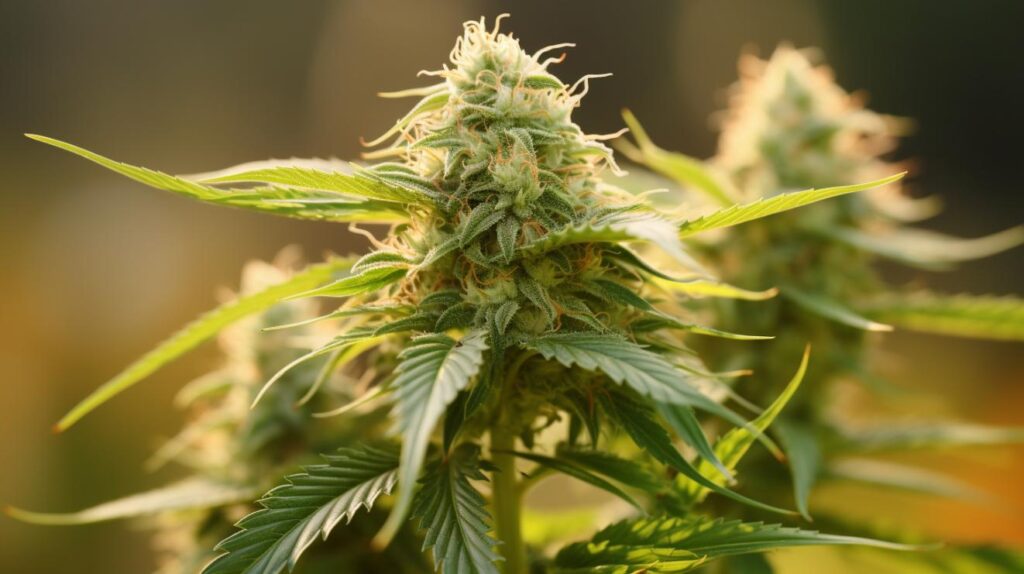

Responses